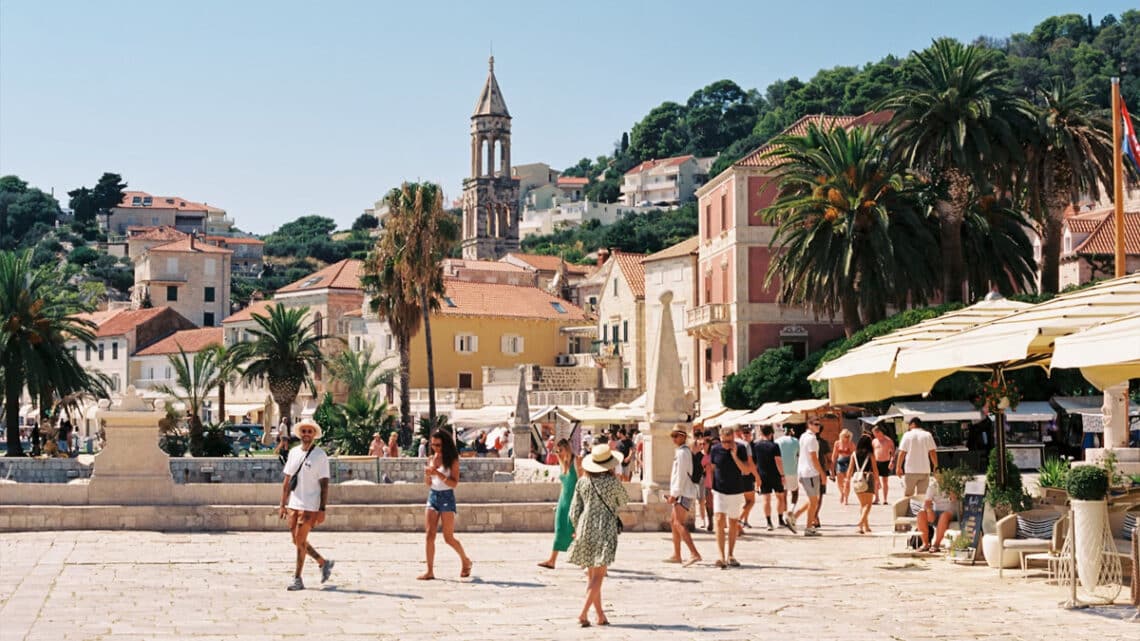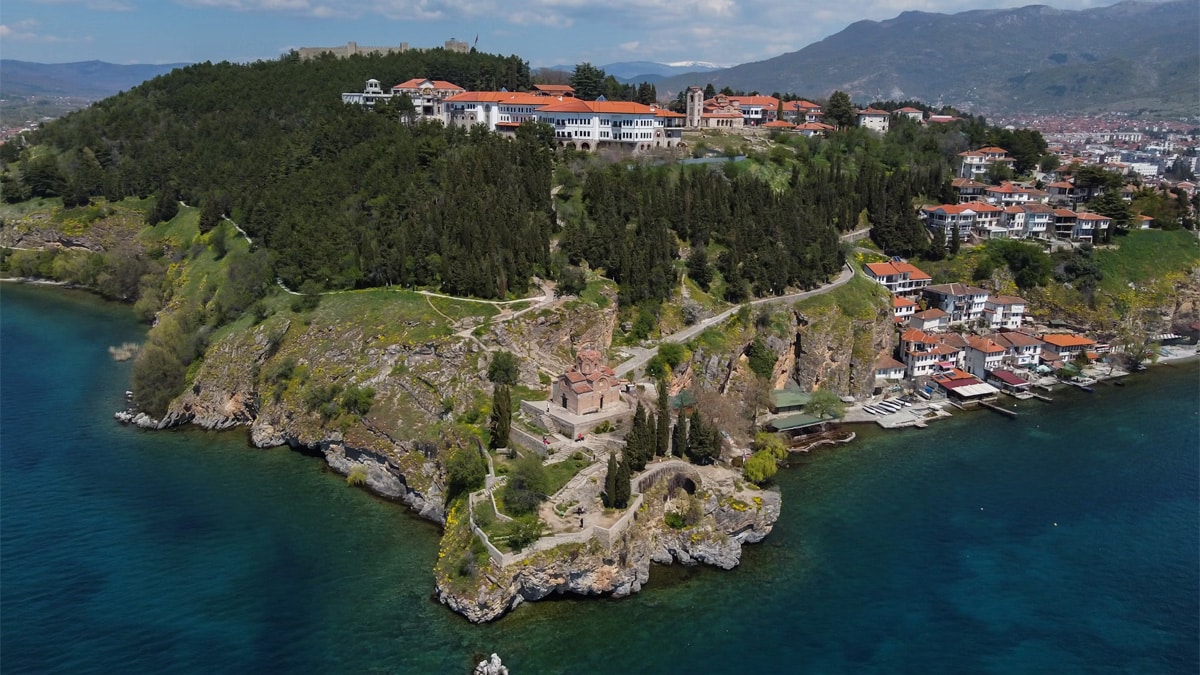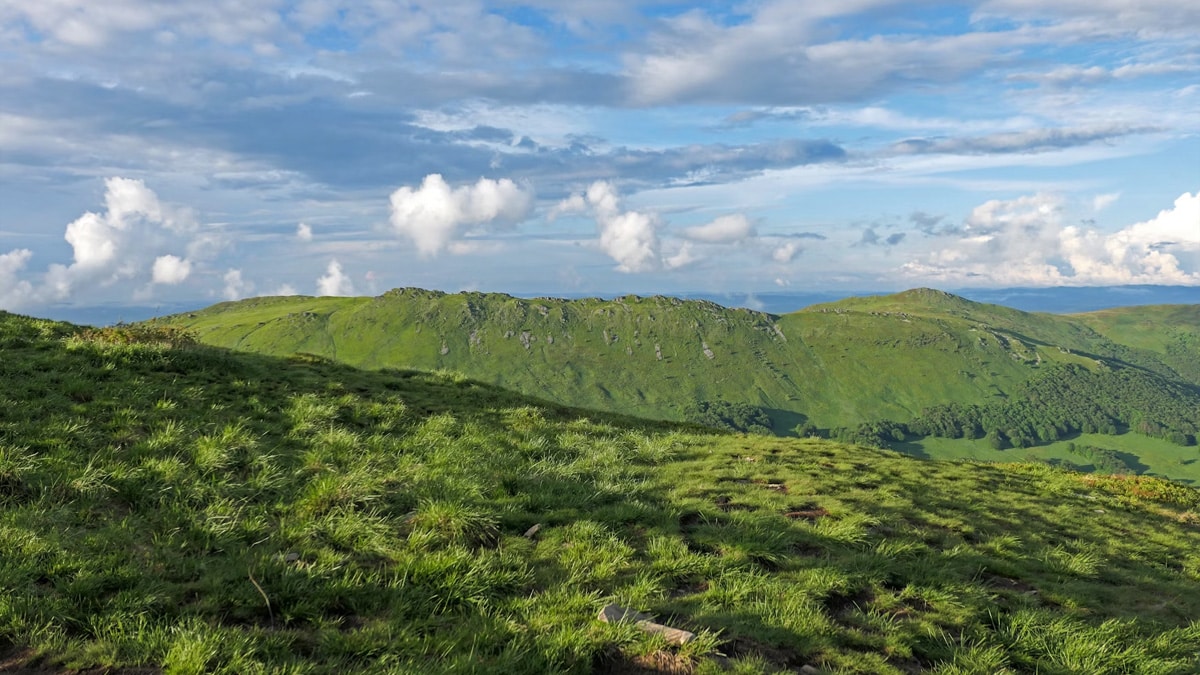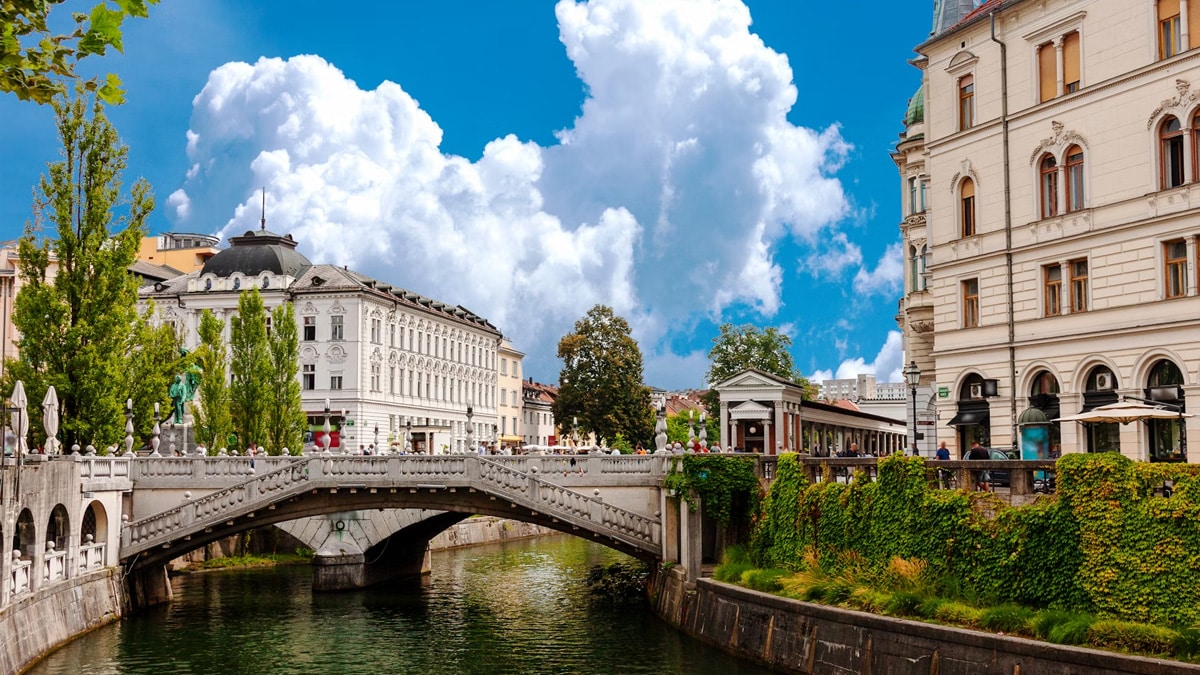
Off-the-Beaten-Path – consciously avoiding overtourism
When Instagram spots become a nuisance
Imagine you’ve been looking forward to the sunrise over Santorini for weeks – and then you’re standing shoulder to shoulder with 500 other people in the alleyway of Oia. Welcome to overtourism! Popular travel destinations such as Venice, Barcelona and Dubrovnik are visited by millions of people every year. Sounds good for the economy at first? Think again.
The downside: the infrastructure is collapsing, locals are moving away because rents are rising, and the beautiful old town is becoming a backdrop for TikToks. Tourists who don’t want to be perceived as a nuisance need to rethink their approach. And this is where “off-the-beaten-path “ comes into play: traveling away from the crowds, without crowds, without Instagram queues, but with real contact with culture and nature.
Off-the-Beaten-Path: What is that actually?
The term means nothing other than: Traveling away from the main tourist arteries. No top 10 lists, no “must-see” reels. Instead: Curiosity, detours, encounters that cannot be planned. According to studies, 63% of travelers are willing to consciously visit places that are not overcrowded if it means they have a more authentic experience.
And that’s exactly the point: if you stray from the beaten track, you often find more than just more beautiful views. You find stories. Conversations. Hospitality. And usually better prices too.
Ad
Why this trend is more than just a hashtag
- Protection for sensitive places: If everyone wants to go to the same waterfall, nature suffers. Alternative destinations help to spread the pressure.
- Support for local communities: Staying overnight on an organic farm instead of in a hotel bunker ensures that money stays in the region.
- More experience, less stress: no selfie battles, no queues, no tourist prices for spaghetti with ketchup.
- Long-term effect: The change towards more conscious travel is not just a result of trend articles – it is tangible.
Destinations you should know
1. North Macedonia instead of Italy overkill

Grüne Berge, glasklare Seen, UNESCO-Städte wie Ohrid – und das alles ohne Touristenlawinen. Nordmazedonien ist wie eine Zeitreise: herzlich, günstig, überraschend.
2. Rural Poland instead of Krakow & Warsaw

Whether it’s Kashubian Switzerland or the Bieszczady Mountains, you’ll meet more cows than people here. And the nature is breathtaking.
3. Sirubari, Nepal
A small mountain village that lives and breathes homestay tourism: you stay with families, help with the cooking or in the garden, experience Nepal as no travel guide shows it.
4. Ban Bang Phlap, Thailand

An organic village near Bangkok. Here you will learn how to make soap from rice, plant mangroves and cook the most delicious tom yum soup.
5. Slowenien statt Venedig

Ljubljana has charm, art and cafés – but no mass tourism. And the Soca region offers spectacular nature without the crowds.
How to plan your trip away from the crowds
- Take your time! Off-the-beaten-path also means not rushing through everything.
- Avoid peak travel times. June and September are often better than July/August.
- Use platforms such as Responsible Travel or Fairbnb instead of Booking & Co.
- Ask the locals. In small cafés, with hosts – these are often the best sources of insider tips.
- Search specifically for “insider vacation tips”, “alternative destinations” or “avoid overtourism”.
Ad
Q&A – Your questions, my answers
Isn’t that more complicated to organize?
A little bit, yes. But that’s what makes it so appealing. And there are now many platforms that bundle sustainable providers.
How do I find accommodation that is fair?
Check out Fairbnb, Good Travel or Green Pearls. Organic farms are also great options.
How do I communicate when people don’t speak English?
Smiles, hands, Google Translate. And in most cases, genuine interest is enough to build a bridge.
Do I have to do without comfort?
No. Many eco-lodges or homestays are really stylishly furnished—with natural materials, lots of peace and quiet and good food.
Isn’t that just for young backpackers?
Not at all. Off-the-beaten-path also works with children, partners, or parents. It’s about conscious experience, not age.
Conclusion: Travel with depth.
Off-the-beaten-path is not the easiest way, but it is the most honest. You don’t travel to tick a box but to feel, to learn, to discover. You leave the crowd but find more. And who knows—maybe your next favorite place will be one that you didn’t even have on your radar before.
Ever traveled like this? Tell me your story in the comments!
P.S. If you’re thinking, “That sounds like me!”, then grab your rucksack, pack your curiosity, and don’t follow the crowds—follow your gut feeling.






